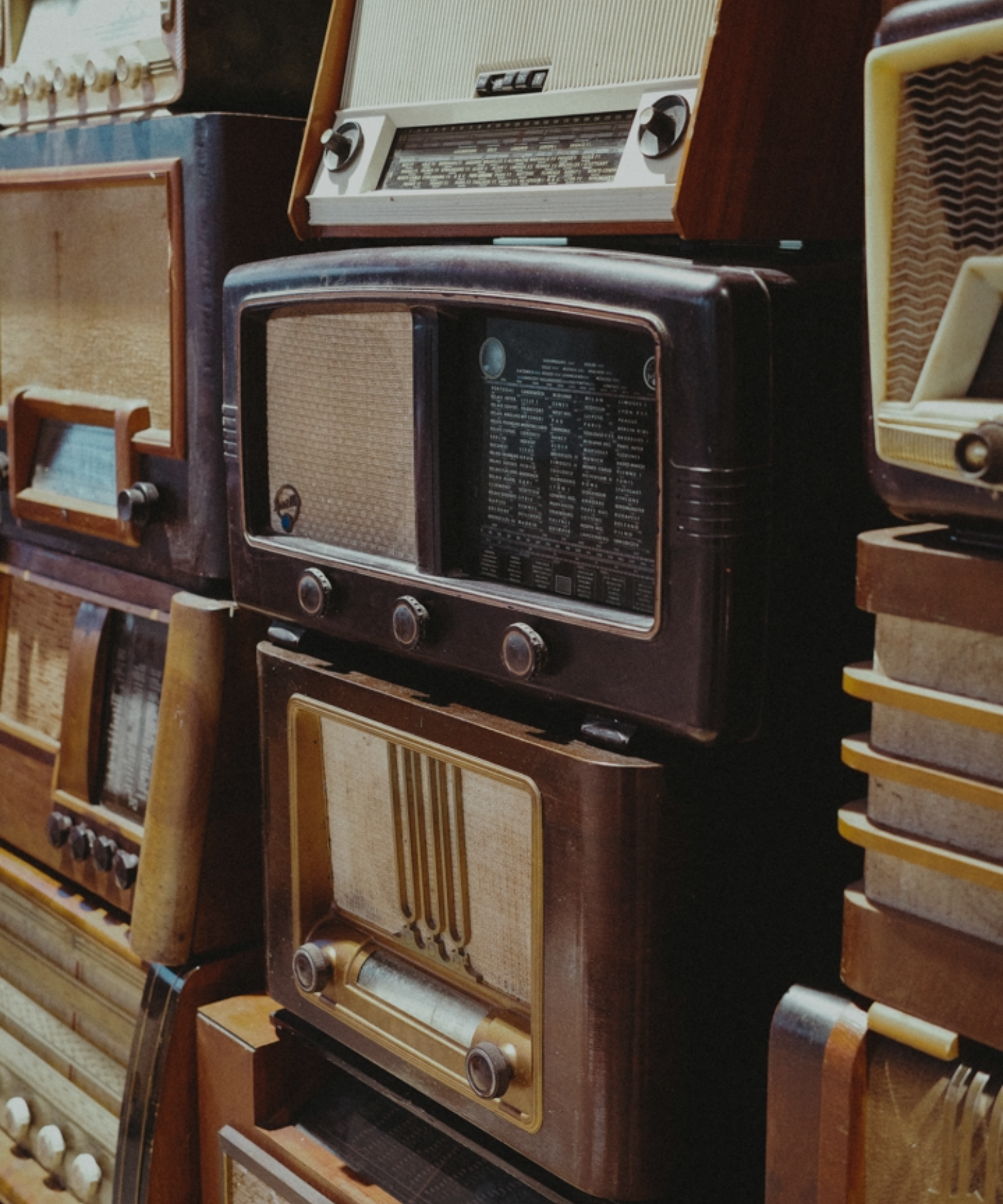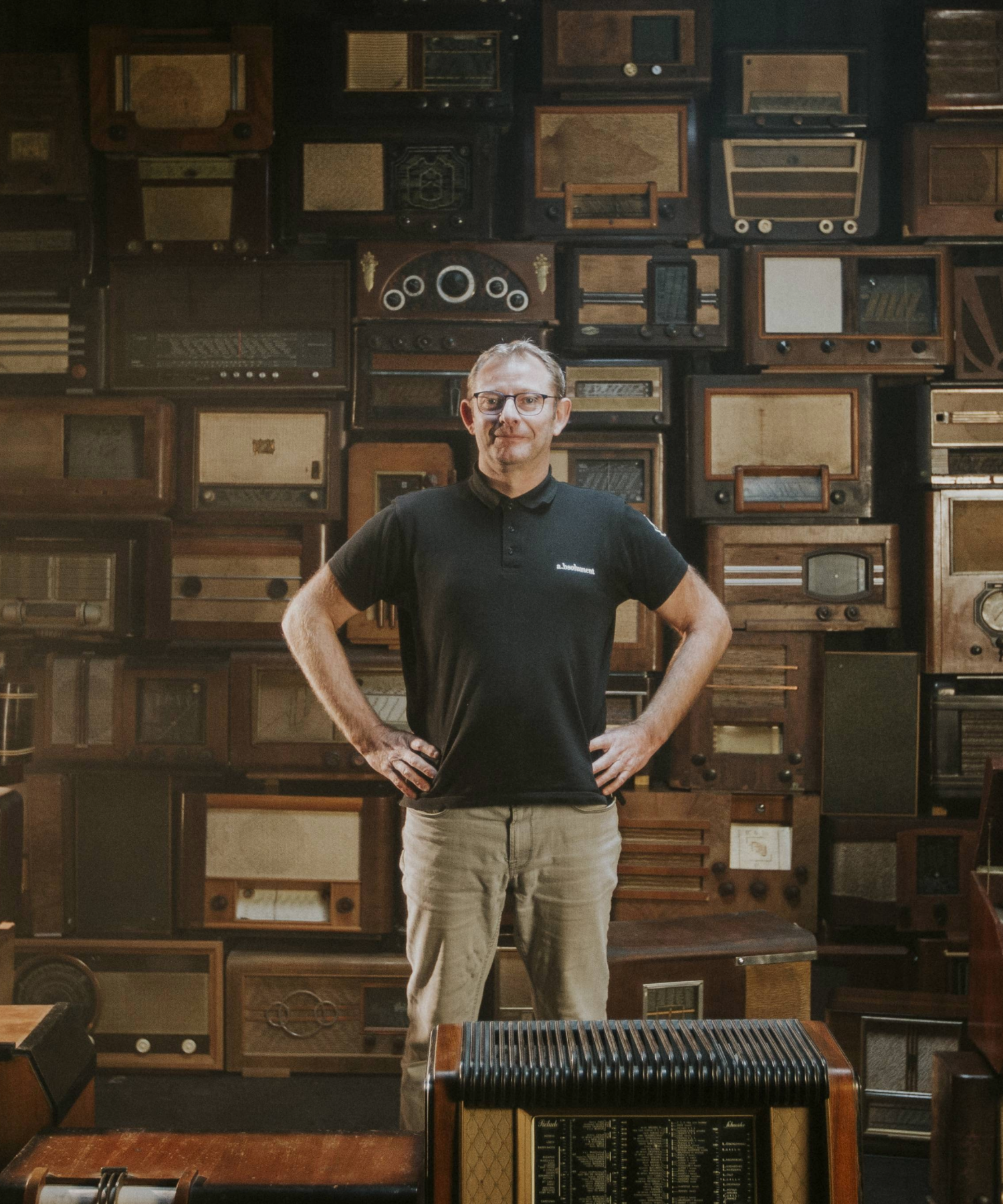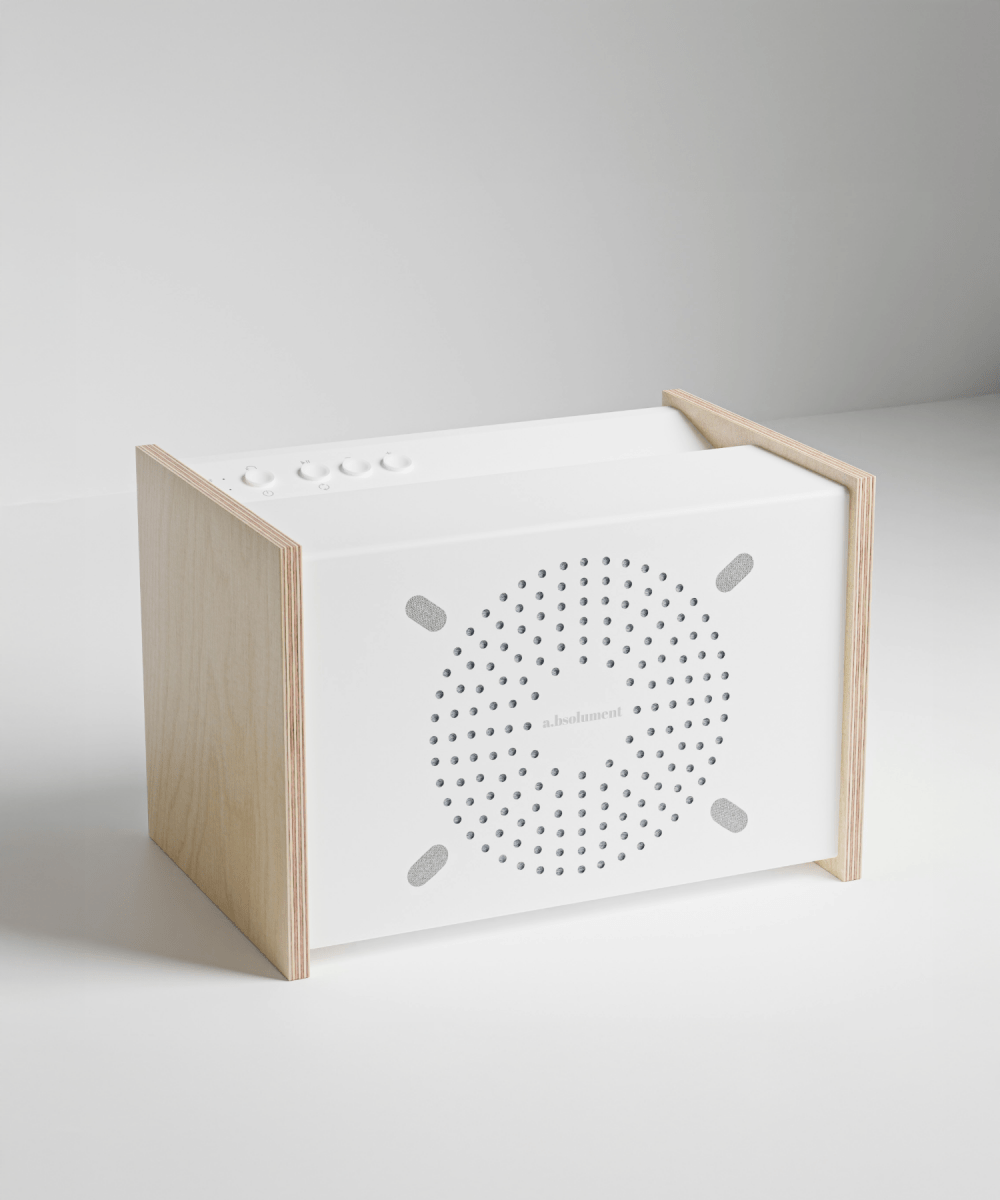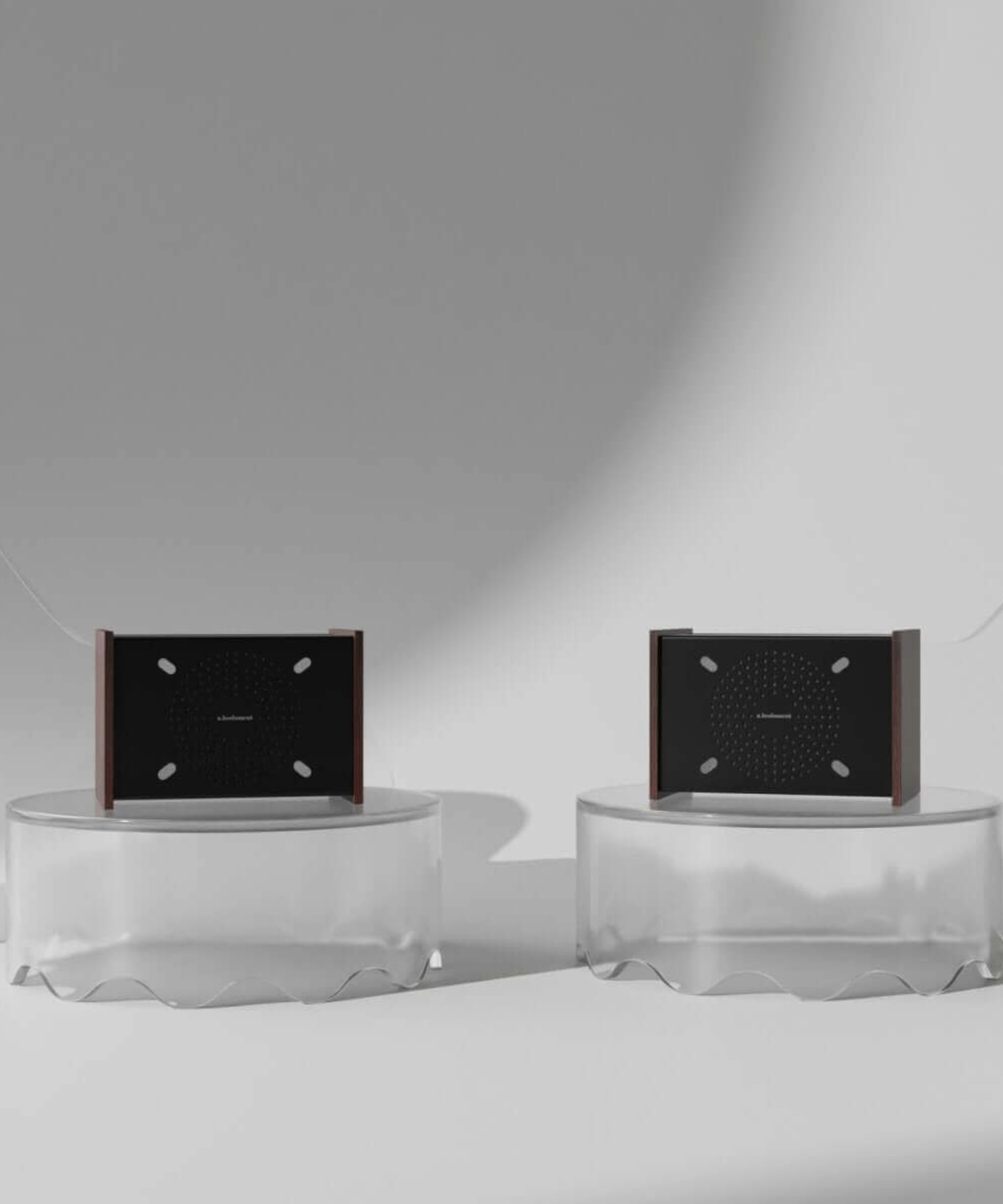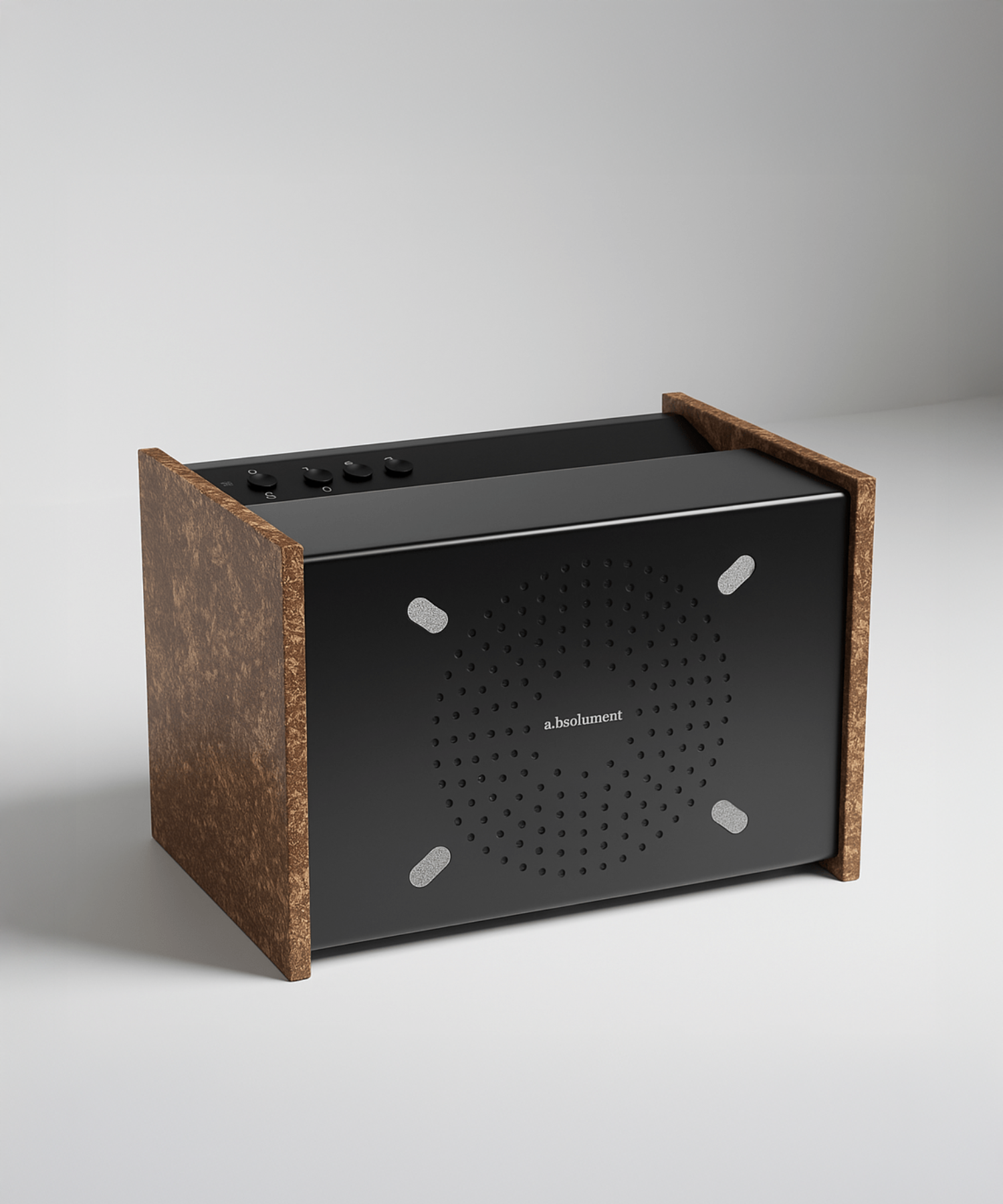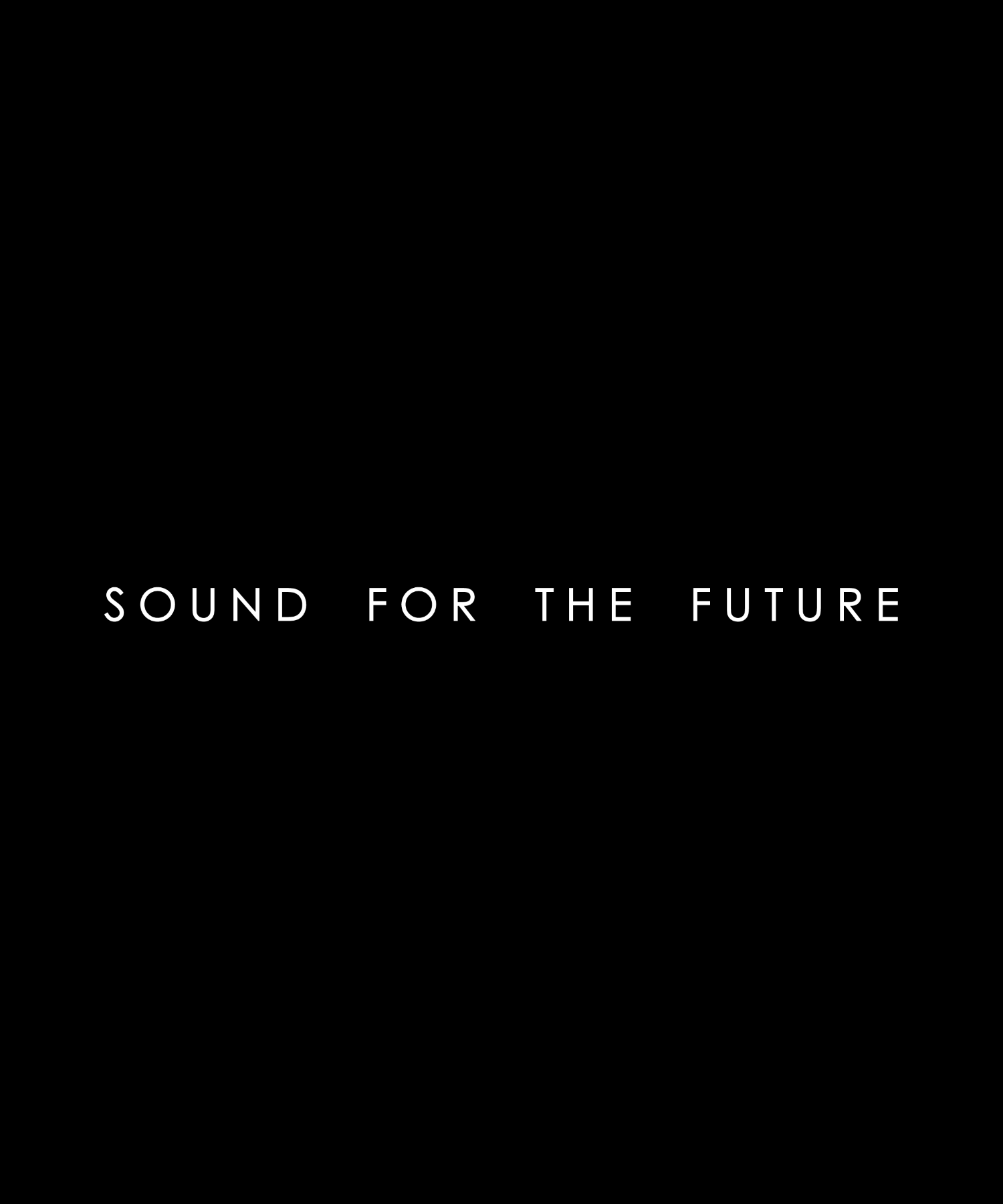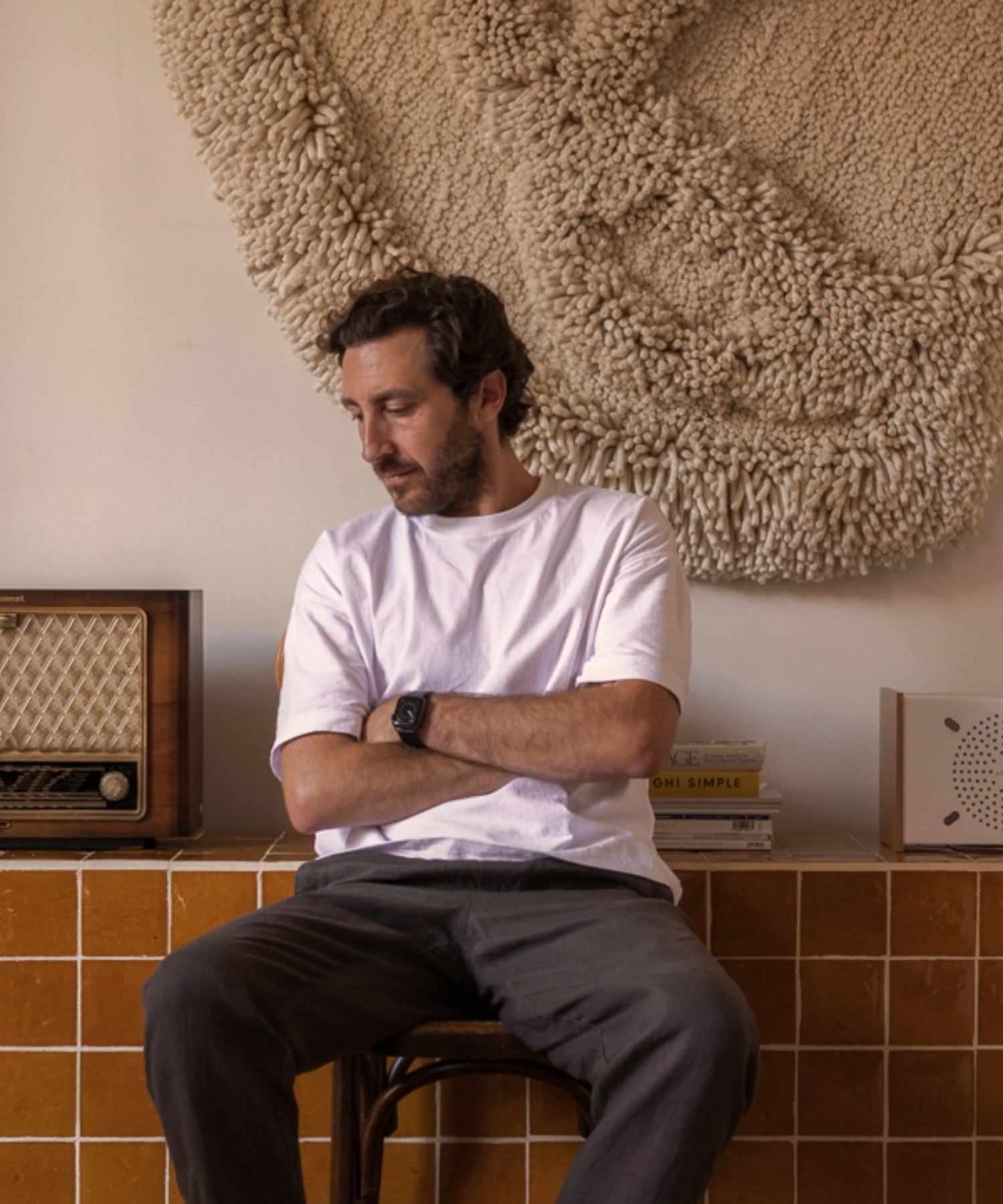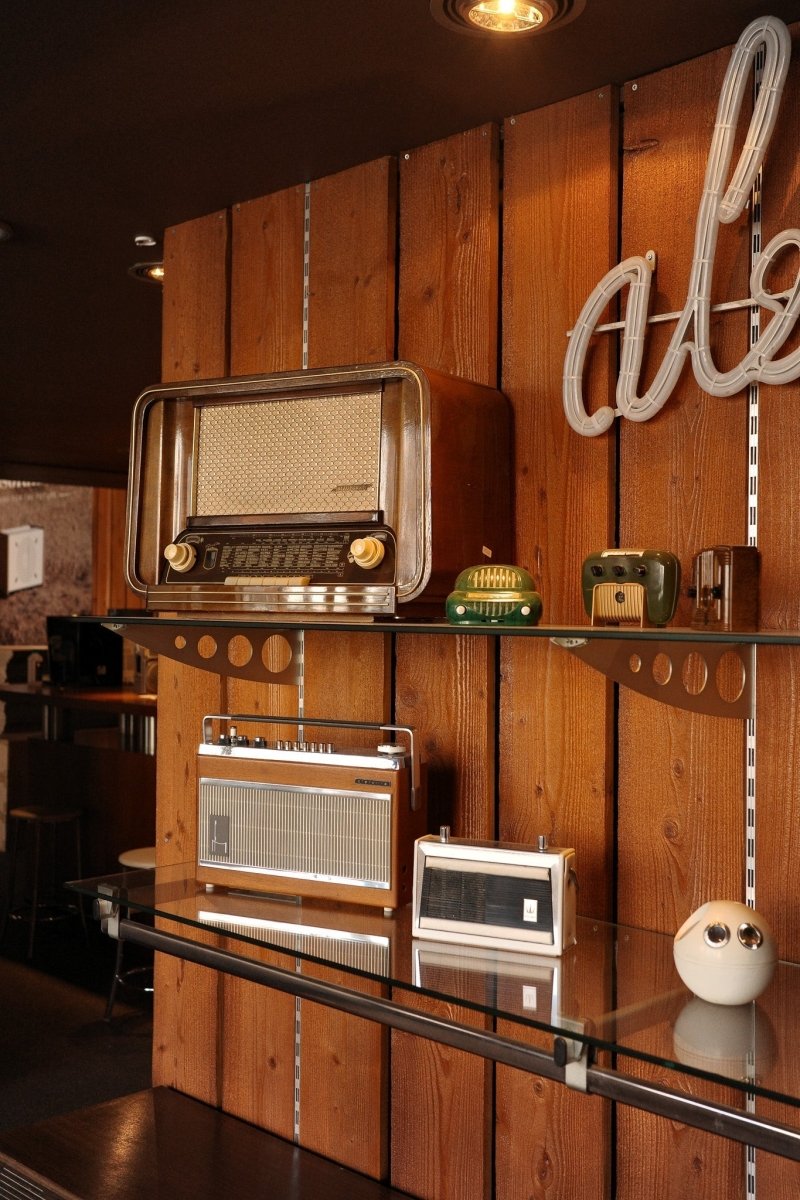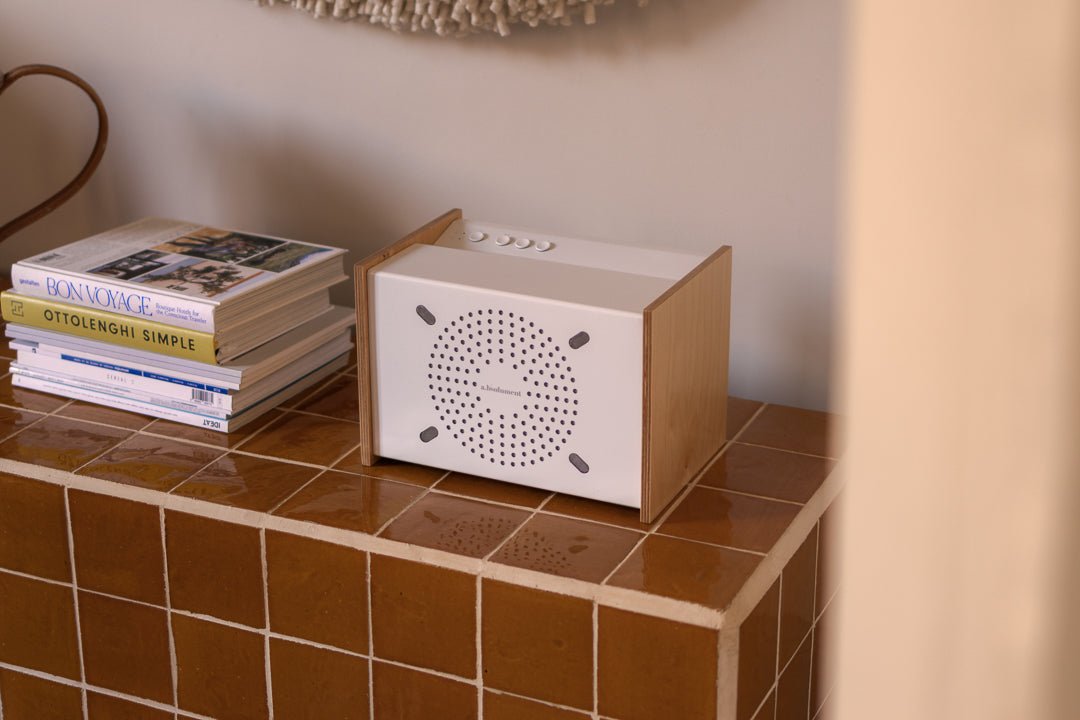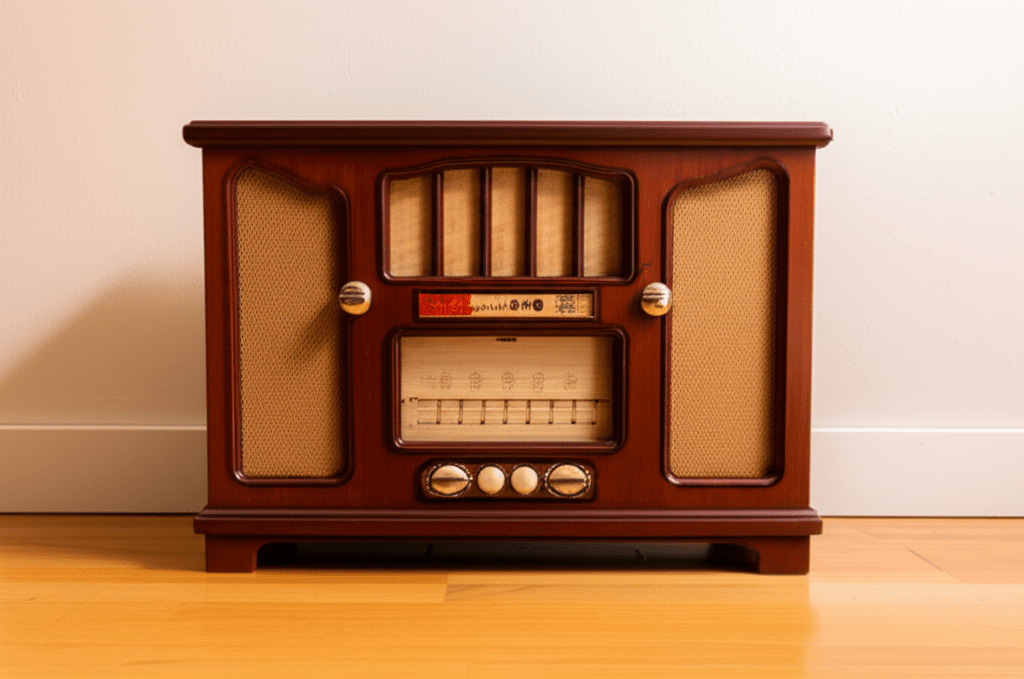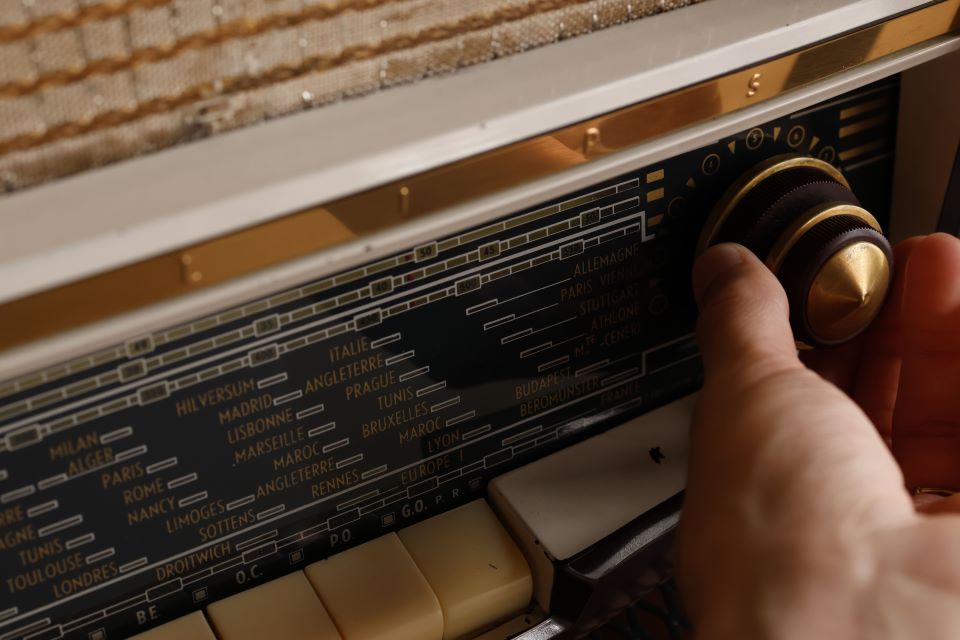There are names which, at their mere mention, revive the collective memory.
They carry within them the scent of an era, the soundtrack of entire lives, the outline of a future we imagined to be radiant. Radiola is one of them. Much more than a simple manufacturer of radio sets, Radiola was the great architect of the democratization of the airwaves in France, a master of design who knew how to make a technical object the beating heart of the home.
Before discussing our work, we feel it's essential to pay tribute to this exceptional heritage. To examine a Radiola radio is to engage in a dialogue with history. It's to understand the genius of a brand that not only sold devices, but also offered the entire country a window onto the world.
Dive with us into the saga of a giant who, even today, inspires us with his audacity and elegance.
The dawn of a revolution.
It's the early 1920s. France is recovering and discovering with fascination the magic of Wireless Telegraphy (TSF) . In this excitement, a company, the "Compagnie générale de la télégraphie sans fil" (CSF) , has a vision. It understands that to conquer homes, it is not enough to offer receivers; it is also necessary to create desire, envy, and need.
Thus, in 1922, its subsidiary, Société Française Radio-électrique (SFR) , launched not only a range of radios under the name Radiola , but also the very first private French radio station from the Eiffel Tower: Radiola .
This strategy was revolutionary. Radiola controlled the entire chain: from content production to its reception. Its success was dazzling. The station, which later became "Radio Paris," became a must-see, and to listen to it, Radiola was the obvious choice. The brand no longer sold a product; it sold access to modernity , information , and entertainment .
The golden age of design.
While the technique was mastered, Radiola's true stroke of genius was understanding that the radio was also a piece of furniture . An object that had to fit in, beautify, and reflect the social status of its owner. The decades that followed were a veritable festival of creativity, making Radiola radios icons of industrial design.
From the 30s to the 40s, the "cathedral" style
The first great successes were monumental pieces of cabinetmaking. The precious wood , often walnut or rosewood, was worked with a finesse worthy of the greatest craftsmen. The shapes were inspired by Art Deco architecture, with pure lines and majestic curves. The Radiola RA434A model, for example, is not a radio, it is a presence. Its backlit dial, like a stained-glass window, became the focal point of the living room in the evening, around which the family gathered religiously.
Discover a Radiola model from the 1940s, modernized by us

The 1950s and the Bakelite revolution
The post-war period heralded optimism and consumerism. Bakelite , the revolutionary plastic, allowed Radiola to explore new shapes that were softer, more organic, and above all more colorful. This was the era of legendary radios like the "Radio-Lutin." Compact, playful, with its ivory or burgundy hues, it embodied a new era: the radio became more personal, entering the kitchen or the bedroom. Radiola proved that mass production could be combined with a true aesthetic signature.
Discover a Radiola model from the 50s, modernized by us

The 60s and 70s: The Pop Spirit and the Transistor Era
With the arrival of the transistor , everything changed. Radios were freed from the wire and became portable. Radiola embraced this revolution with panache. Shapes became more geometric, colors brightened, influenced by "Space Age" design. Wood gave way to molded plastics and metallic finishes. The radio was no longer a piece of family furniture, but a fashion accessory, the companion of the yéyé youth who listened to "Salut les Copains" on the beach.
Discover a typical Radiola transistor from the 70s, which we have modernized

Beyond the object: Radiola, the beating heart of French homes
To talk about Radiola without mentioning its societal impact would be a mistake. For decades, the Radiola station was the main link with the outside world. It punctuated the days, from the morning news to the evening soap opera. It witnessed major historical events: political speeches, sporting achievements, the first steps on the Moon.
It united generations, bringing grandparents and grandchildren together with a single voice. Every post that reaches us today is imbued with these memories. It is a time capsule , a tangible fragment of our collective history.
Our privilege is to be the transmitters of this heritage.
It is with this respect and admiration that we at A.bsolument approach each Radiola set that enters our workshop in Clermont-Ferrand. For us, it is not simply a question of "modernizing" a product. It is a dialogue with the past, a mission of preservation .
We consider it a privilege and an honor to be able to work on creations of such quality. The care we take in restoring the cabinetwork, preserving every detail—the acoustic fabric, the original buttons, the screen-printed glass dial—is our way of paying homage to Radiola's work.
By integrating with surgical precision our modern audio technology and the high-fidelity sound of our partner Focal , our sole aim is to enable these giants to do what they were created for: to fill our lives with music and emotion.
We are simply giving them a new voice, one that is relevant to our times, so that the magic can continue. So that Radiola's soul never fades and can reach future generations.
Discover our collection on our website !
Do you have a Radiola radio and want to give it a second life? Click here


